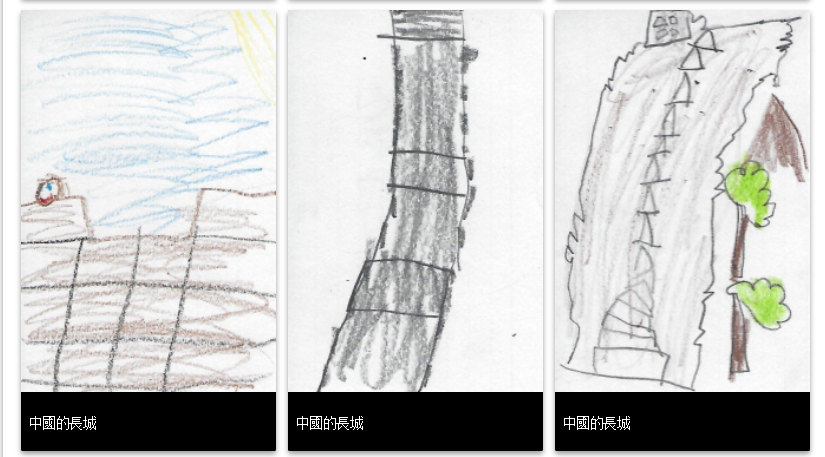Submitted by: Nancy Morris
Collaborators: William Berry (ITRT)
School: Moody Middle School
Summary
During this lesson, the students learn how to make predictions based on their analysis of historical primary documents. Students discuss their analyses with their peers, respond to the work of their classmates, and justify their own responses. Afterwards, the students learn effective research techniques by viewing online video resources and participating in discussions facilitated by ActivEngage questions and polls. The students use their newly developed research skills in order to create captions for the original primary documents using Web 2.0 tools. Finally, the students reflect on their roles as researchers and critical thinkers.
TIPC Ratings
Research and Information Fluency: Target – 7
During this lesson, the students create their own questions to guide their research on the background of the two primary documents. These questions are shared and analyzed in a class discussion using ActivEngage polling. During their research, the students must assemble and synthesize information on the Lost Colony in order to determine exactly what information to include in their final caption. The task of this assignment, to analyze a primary document using research techniques, is an authentic task because the research and synthesis skills that the students use in this lesson will be applicable to their future lives and careers. The students use digital tools to display their research in creating the final caption using Blabberize, Fotobabble, or another Web 2.0 tool of the choice.
Communication and Collaboration: Approaching – 4
The students use both Schoolspace discussion boards and ActivEngage in order to collaborate during this lesson. The critiques of their peers force students to explain and defend their beliefs, and the results of the ActivEngage questioning and the following discussions help the students to collectively develop ideas on where to begin their research. Communication is not a major focus of this lesson, but this strand could be emphasized further during future lessons dependent on the goals of the teacher. Students could use digital tools such as blogs or Skype in order share their knowledge of research techniques with elementary school students or 6th grade students at another school.
Critical Thinking and Problem Solving: Target – 7
The first task of the lesson, analyzing a primary document without any background information, requires students to think outside of the box. The students must develop an understanding of the primary documents solely based on what they see and read. Students are often afraid of not having the “correct” answer, and this lesson plan forces the students not only to become comfortable with making predictions, but also justifying their actions at the same time. After participating in these activities, the ActiveEngage questions at the end of the lesson allow the students an opportunity to reflect on their thinking processes and methods of research so that they can research more effectively in the future.
Creativity and Innovation: Approaching – 4
Students create meaningful original work (their digitally enhanced captions) within the confines of the assignment. They also summarize and predict using digital tools (ActivEngage, discussion boards, etc.)
Student Artifact
Download Files
H21 Lesson Documents – Predicting History
Contents:
- Henrico 21 Lesson Plan
- Discussion Board Topic – Student Handout
- Colonial Discussion – Questions Flipchart
- Internet Search Tips Document
- Sample ActivEngage student data
- Sample Discussion Forum Threads
- Sample Student Captions and Blabberize Links




